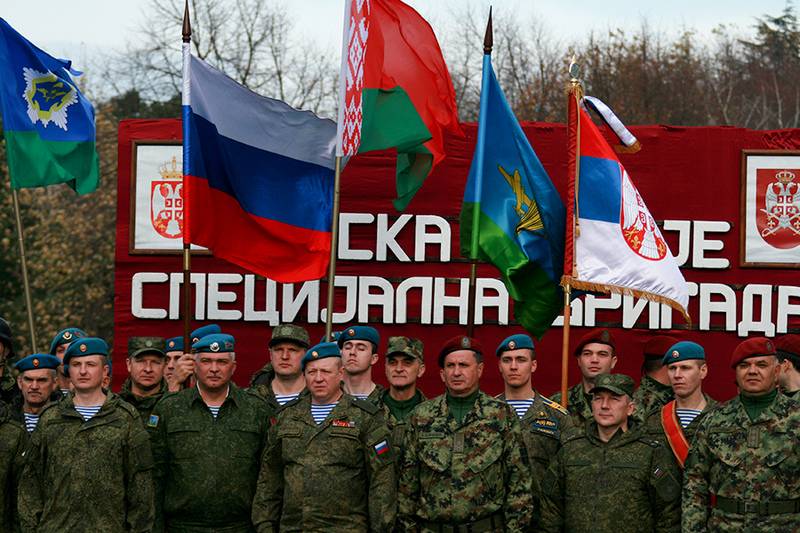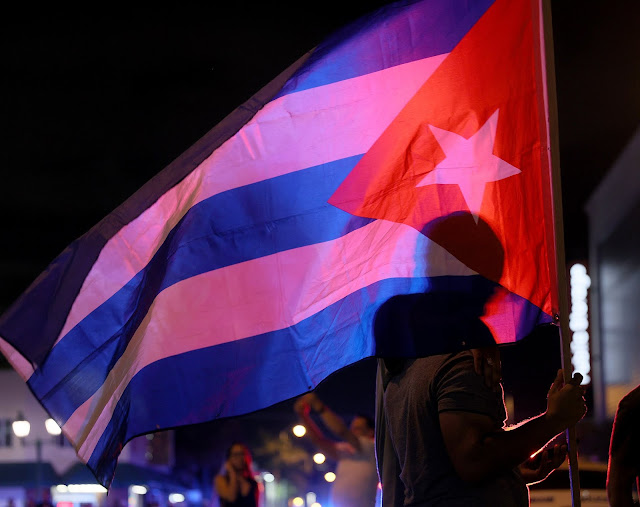What is Slavic Brothergood
A joint military pan-Slavist troop formed by Slavic heritage countries is promoting diplomatic and security regulamentation between the Slavic countries and promoting borders' security over the Eastern Europe. During the years, the Slavic Brotherhood keeps doing tactical military maneuvers in countries by a joint force between Montenegro, Russia, Belarus, Poland, Serbia and others, some of the countries are members of NATO, but they evoke the traditional Warsaw Pact, behind the curtains forming a transnational army between the nations.
The use of War against Terrorism was a pretext to make drills between the countries, forming a military belt and making the NATO under constant sigh of these nations, as the NATO is forming USA and the geo-strategig position of NATO puts Slavic countries under the constant surveillance of West.

Coalition Slavic Brotherhood was the public political movement aimed to unify the Slavic parties, people-Panslavist and their support people, so that in the future to create a new alliance - Slavic Union, or so-called Slavia. Union organizations Panslavist occurred on 30 May 2010.
https://wiki.erepublik.com/index.php/Slavic_Brotherhood
Pan-Slavism, a movement which crystallized in the mid-19th century, is the political ideology concerned with the advancement of integrity and unity for the Slavic-speaking peoples. Its main impact occurred in the Balkans, where non-Slavic empires had ruled the South Slavs for centuries. These were mainly the Byzantine Empire, Austria-Hungary (both as separate entities for most of the period), the Ottoman Empire, and Venice.
Extensive pan-Slavism began much like Pan-Germanism, both of which grew from the sense of unity and nationalism experienced within ethnic groups after the French Revolution and the consequent Napoleonic Wars against European monarchies. Like other Romantic nationalist movements, Slavic intellectuals and scholars in the developing fields of history, philology, and folklore actively encouraged the passion of their shared identity and ancestry. Pan-Slavism also co-existed with the Southern Slavic independence.

Commonly used symbols of the Pan-Slavic movement were the Pan-Slavic colours (blue, white and red) and the Pan-Slavic anthem, Hey, Slavs.
The first pan-Slavists were the 16th-century Croatian writer Vinko Pribojević and the 17th-century Aleksandar Komulović, Bartol Kašić, Ivan Gundulić and Croatian Catholic missionary Juraj Križanić. Some of the earliest manifestations of Pan-Slavic thought within the Habsburg Monarchy have been attributed to Adam Franz Kollár and Pavel Jozef Šafárik.[4] The movement began following the end of the Napoleonic Wars in 1815. In the aftermath, the leaders of Europe sought to restore the pre-war status quo. At the Congress of Vienna, Austria's representative, Prince von Metternich, felt the threat to this status quo in Austria was the nationalists demanding independence from the empire. While their subjects were composed of numerous ethnic groups (such as Italians, Romanians, Hungarians, etc.), most of the subjects were Slavs.
https://en.wikipedia.org/wiki/Pan-Slavism

Comentários
Postar um comentário